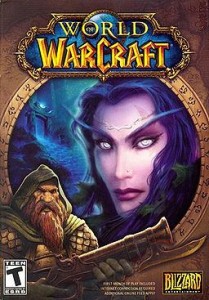 I’m extremely curious about the subconscious drives that compel people to do the things they do, in their work, in their choices, and their buying decisions, aren’t you? Sometimes, you feel driven to do things, and you don’t really know why.
I’m extremely curious about the subconscious drives that compel people to do the things they do, in their work, in their choices, and their buying decisions, aren’t you? Sometimes, you feel driven to do things, and you don’t really know why.
Engaging the hearts and minds of readers through written content isn’t easy. The Content Marketing Institute recently surveyed content marketers who report that’s their #1 challenge:
How to write content that is “engaging,“ that gets readers to pay attention, the compels them to take action.
I think to be successful with content, one has to appeal to fundamental human drives and motivations, the ones that our primitive ancestors passed down to us over the last 100,000 years.
Recently, I came across a fascinating book I read 10 years ago, based on evolutionary biology, sociology, and psychology: Driven: How Human Nature Shapes Our Choices by Paul R. Lawrence and Nitin Noria.
These two incredibly smart professors propose a theory of four fundamental motivations at the heart of all human behavior.
- The drive to acquire objects and experiences that improve our status relative to others.
- The drive to bond with others in long-term relationships of mutually caring commitment.
- The drive to learn and make sense of the world and of ourselves.
- The drive to defend ourselves, our loved ones, our beliefs and resources from harm.
This theory says that humans and social groups will enjoy an advantage to the extent that they are able to fulfill all four of these basic human drives.
It suggests these drives have a strong emotional component, and would probably show up in the limbic system of the brain if monitored under brain scans. What that means is that they are embedded in the subconscious mind, out of our awareness.
After reading this book and a few others on human motivation, I can see how these four drives apply to writing emotionally engaging content that compels readers to take action:
Content written to appeal to each of these four drives will engage the emotional brains of readers.
Let me tell you a story that shows how this works. Information passes to the brain through the sense organs.
Let’s say Fred is reading the news online, and his eye catches a picture of an ad: a business man driving to work in a red sports car. Read More→








